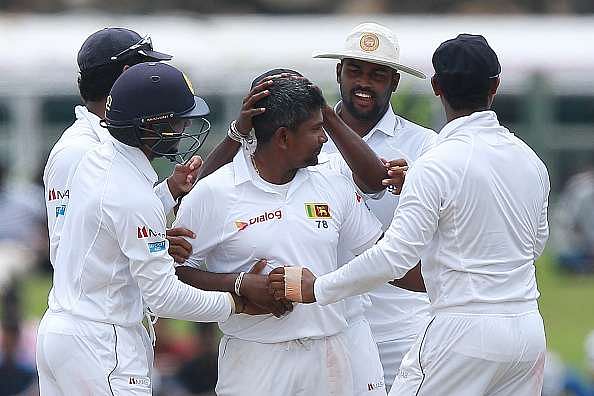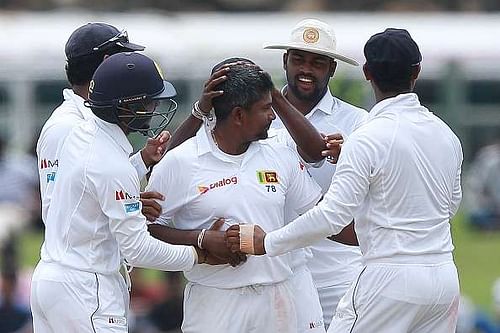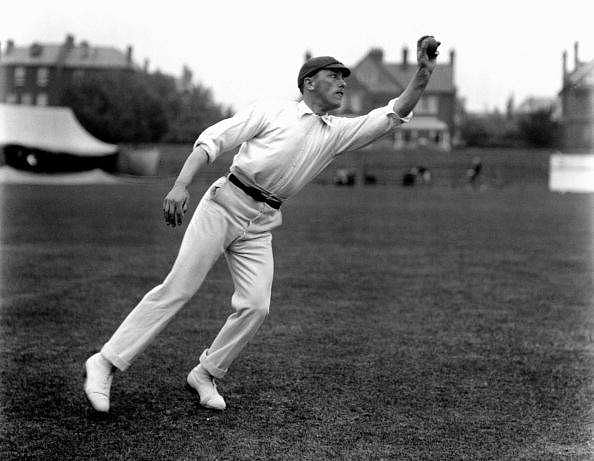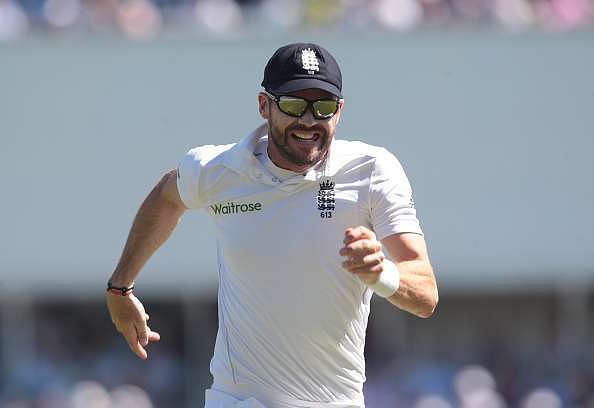
Why Rangana Herath could be the last Test star to pick up 1000 first-class wickets
There are quite a few landmarks in cricket. One could even postulate that the game is tailor-made for numbers, the more the merrier. Sri Lanka’s spin maestro Rangana Herath reached one such milestone in the second Test against Bangladesh at the P Sara Oval in Colombo. When he trapped Mustafizur Rahman in front, the left-arm spinner completed a whopping 1000 first-class wickets.
To put things into perspective, he became only the 12th bowler from Asia and 2nd from Sri Lanka to scale this lofty peak. 1000 first-class wickets (or its batting equivalence of say 25,000 runs) is not just a mere number but one which symbolises the legacy of a professional cricket in the game’s original format.
Among all cricketers in history, there have been numerous bowlers who reached the 1000-wicket mark. In fact, Herath is the 30th left-arm spinner (not including chinaman bowlers) to get to the milestone. Add the sheer number of left-arm seamers, their right-arm counterparts, off/leg spinners; the list goes on and on.
However, the club may very well become exclusive in the near future as the fabric of the game reacts to the changes caused by its evolution. Sadly, it may not be too far-fetched to suggest that Herath could be the last of the prominent Test stars to pick up 1000 first-class wickets.
Even the chances of those who are going to spend most of their time in the domestic circuit are not too promising.
Modern Test stars evade domestic fixtures
The perks of being a Test cricketer include international recognition as well as adequate central contracts. In a game packed with endless possibilities, the charm of turning out for states/provinces is not alluring anymore for one who has tasted the pinnacle.
A far cry from the good old days wherein there was immense pride as well as inter-region rivalry in the domestic scene, the set-up is no longer brimming with proven world-class performers.
Extra Cover: The Rangana Effect – Why Herath's legacy is more than just numbers
One cursory look at the list of top wicket-takers and leading run-scorers in first-class cricket reveals the dominance of players from the 50s to the 70s. A healthy amount of Test matches coupled with regular appearances in domestic fixtures across the globe paves the way for sustained excellence and the ensuing accumulation of numbers. Seldom does an established modern-day cricketer feature frequently for his state team.
Twenty20 leagues offering financial stability
With the emergence of several Twenty20 leagues across various continents, the road to secure financial stability appears fairly straightforward for the present-day cricketer. Long gone are the days when he has to participate regularly in his country’s domestic circuit or look towards opportunities in county cricket in order to shore up his monetary position.
It becomes extremely easy to take the moral high ground and dismiss the current high-profile cricketers as preferring the money-fuelled franchise setting over actual cricket. However, the shelf-life of a player in this far more ruthless era of international cricket is comparatively lesser than earlier decades.
As social media graduates from nosey intruder to addictive master, the knives are out in a flash once a prominent name suffers from a series of failures. Unaware of when the selection committee’s guillotine is going to fall, reality takes precedence over dreams.
Impact of closely monitored workloads
Despite vastly improved fitness regimens and training facilities, injuries continue to remain an inevitable part of the game. With boards as well as coaches keen on maintaining a tight leash on an all-formats, chances of getting released for domestic matches are becoming fewer and fewer by the day.
It's no longer considered a sacrilege to skip Tests against lesser teams or even dead-rubbers in a bid to prolong one’s career. As workloads are routinely under the microscope, international sides remain guarded against exposing their star bowlers to the domestic circuit.
| Bowler | Matches | Wickets | Average | Five-wicket hauls |
| Dinuka Hettiarachchi | 222 | 929 | 23.36 | 64 |
| Sajeewa Weerakoon | 188 | 802 | 21.83 | 49 |
| Yasir Arafat | 206 | 787 | 24.11 | 44 |
| Harbhajan Singh | 196 | 777 | 28.85 | 41 |
| James Anderson | 203 | 777 | 26.45 | 38 |
A fleeting glance at those five active cricketers who are closest to the 1000-wicket mark reveals a startling fact. Apart from 40-year-old Dinuka Hettiarachchi, who has a solitary Test cap to his name, none of the others stand a high chance of getting there.
Among veteran Test bowlers, Harbhajan Singh is unlikely to return to the Indian side nor play enough Ranji Trophy games to accomplish the landmark. At 34 and counting, James Anderson appears to be on his last legs. Unless the England stalwart redefines the fitness level of an ageing fast bowler, Herath Mudiyanselage Rangana Keerthi Bandara Herath could very well be the final product of an exotic breed.
(*Note: All Statistics are as of 19th March 2017)



